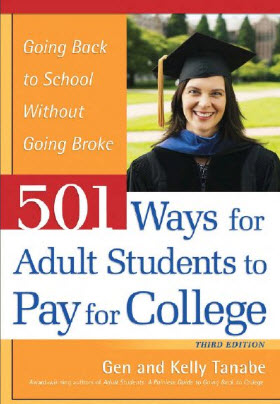PISA Quality Time for Students: Learning In and Out of School
| Date: 11 April 2011, 13:21
|
Product Description: At a time when OECD and partner countries are trying to figure out how to reduce burgeoning debt and make the most of shrinking public budgets, spending on education is an obvious target for scrutiny. Education officials, teachers, policy makers, parents and students struggle to determine the merits of shorter or longer school days or school years, how much time should be allotted to various subjects, and the usefulness of after-school lessons and independent study. This report focuses on how students use learning time, both in and out of school. What are the ideal conditions to ensure that students use their learning time efficiently? What can schools do to maximise the learning that occurs during the limited amount of time students spend in class? In what kinds of lessons does learning time reap the most benefits? And how can this be determined? The report draws on data from the 2006 cycle of the Programme of International Student Assessment (PISA) to describe differences across and within countries in how much time students spend studying different subjects, how much time they spend in different types of learning activities, how they allocate their learning time and how they perform academically. FURTHER READING : The first results from PISA 2006 were published in PISA 2006: Science Competencies for Tomorrow's World (OECD, 2007). THE OECD PROGRAMME FOR INTERNATIONAL STUDENT ASSESMENT (PISA) : PISA is a collaborative process among the 30 member countries of the OECD and nearly 30 partner countries and economies. It brings together expertise from the participating countries and economies and is steered by their governments on the basis of shared, policy-driven interests. Its unique features include: The literacy approach: PISA defines each assessment area (science, reading and mathematics) not mainly in terms of mastery of the school curriculum, but in terms of the knowledge and skills needed for full participation in society. A long-term commitment: It enables countries to monitor regularly and predictably their progress in meeting key learning objectives. The age-group covered: By assessing 15-year-old students who are near the end of their compulsory education, PISA provides a significant indication of the overall performance of school systems. The relevance to lifelong learning: PISA does not limit itself to assessing students' knowledge and skills, but also asks them to report on their own motivation to learn, their beliefs about themselves and their learning strategies, and their goals for future study and careers.
|
DISCLAIMER:
This site does not store PISA Quality Time for Students: Learning In and Out of School on its server. We only index and link to PISA Quality Time for Students: Learning In and Out of School provided by other sites. Please contact the content providers to delete PISA Quality Time for Students: Learning In and Out of School if any and email us, we'll remove relevant links or contents immediately.
 Comments (0)
All
Comments (0)
All










